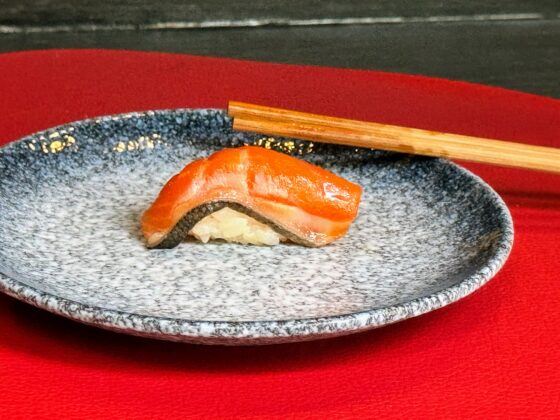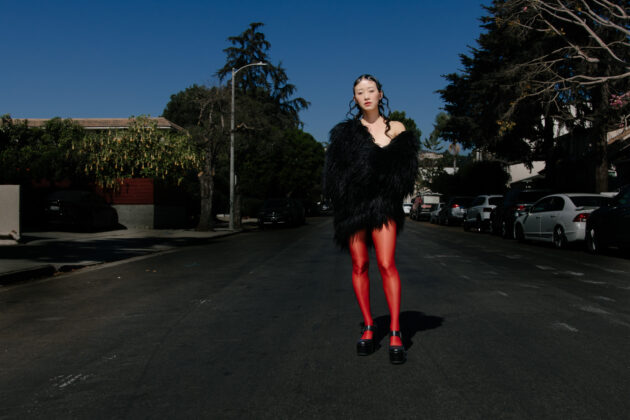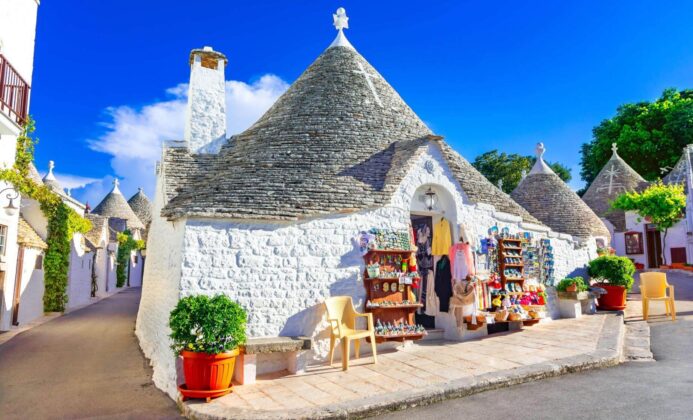The Origins of Paella: A Dish Born from the Fields of Valencia
Few dishes capture the essence of a region like paella, the vibrant and flavorful rice dish that hails from the sun-drenched fields of Valencia, Spain. Rooted in centuries of tradition, paella is more than just a meal—it is a symbol of community, heritage, and Spanish culinary artistry.
The story of paella begins in the 14th and 15th centuries, when rice cultivation flourished in Valencia due to its fertile, marshy landscape. Local farmers and laborers, working long hours in the rice fields, needed a hearty and filling meal that could be cooked easily over an open fire. Using whatever ingredients were readily available—rice, vegetables, rabbit, duck, snails, and even eels—they created what would become the earliest form of paella. The name itself is believed to come from the Valencian word for “pan”, referencing the wide, shallow dish in which the meal is cooked.
By 1840, the dish had gained such popularity that a local Spanish newspaper was the first to refer to “paella” as the recipe rather than just the cooking pan. From there, its reputation spread beyond the fields of Valencia to the rest of Spain and the world.
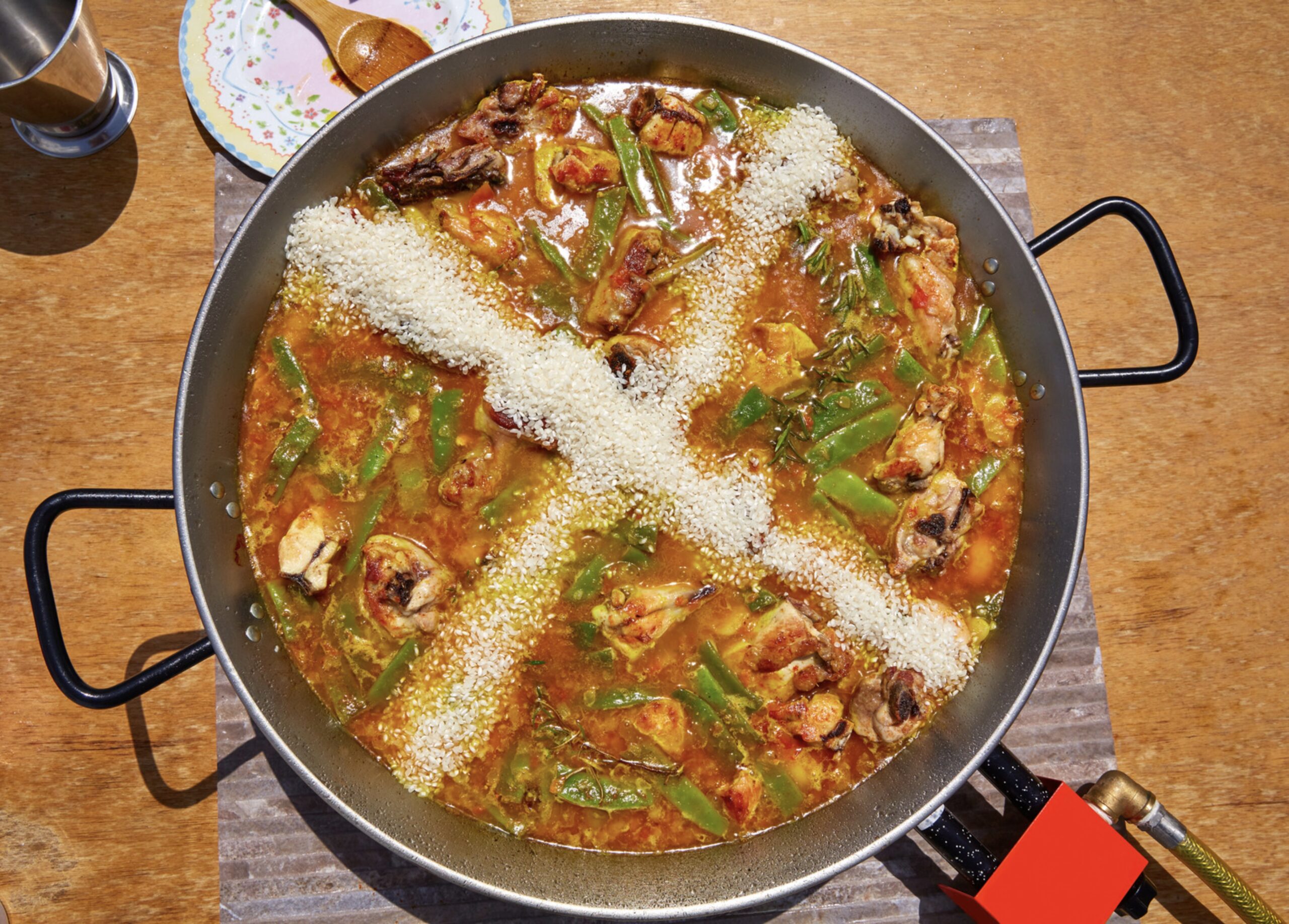
What Makes a True Valencian Paella?
Today, there are countless variations of paella, including seafood paella and mixed paella, but authentic Valencian paella (Paella Valenciana) follows a strict set of traditional ingredients that define its original rustic flavors.
Key Ingredients of Real Paella Valenciana
Rice: The heart of any paella, traditional short-grain rice such as Bomba or Calasparra is used for its ability to absorb flavors while maintaining a firm texture.
Vegetables: Tomatoes, onions, garrofón beans (large white beans), green beans, and sometimes artichokes.
Meat: A combination of rabbit, chicken, and occasionally duck is used for its rich, savory flavors.
Snails: A staple in the most traditional versions, bringing a unique earthiness to the dish.
Saffron: The golden essence of paella, saffron infuses the dish with its distinct aroma, color, and subtle floral notes.
Paprika & Olive Oil: Enhancing the depth of flavor and authenticity.
Water & Salt: Simple yet crucial elements that bring all the ingredients together.
The Art of Cooking Paella: A Social Tradition
Cooking paella the traditional way is not just about following a recipe; it’s about embracing a cultural ritual that brings people together.
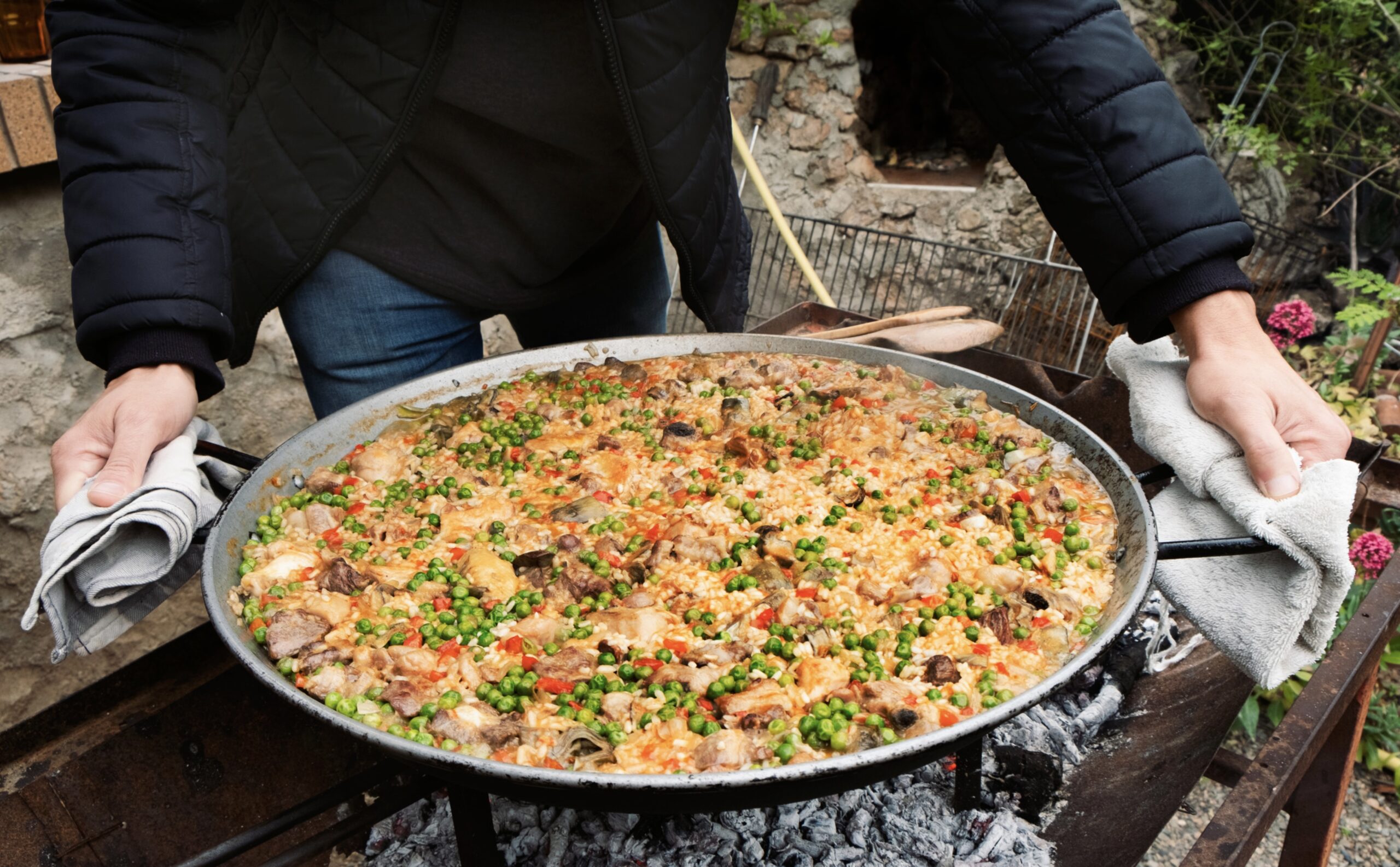
The Traditional Cooking Method:
The Open Fire: True Valencian paella is cooked outdoors, over a wood fire, usually made from orange tree branches, which add a slight smokiness to the dish.
The Perfect Base (Sofrito): The meat is browned in extra virgin olive oil, followed by vegetables and a rich tomato-based sofrito, which serves as the flavor foundation.
Rice and Broth: Once the flavors are developed, rice is added, followed by a carefully measured amount of water or broth.
The Crucial “Socarrat” Moment: One of the most cherished aspects of paella is socarrat—the crispy, caramelized layer of rice at the bottom of the pan. Achieving socarrat requires just the right amount of heat and patience to create the perfect crust without burning.
No Stirring Allowed: Unlike risotto, once the rice is added, paella should never be stirred, allowing it to absorb the flavors while forming its distinct texture.
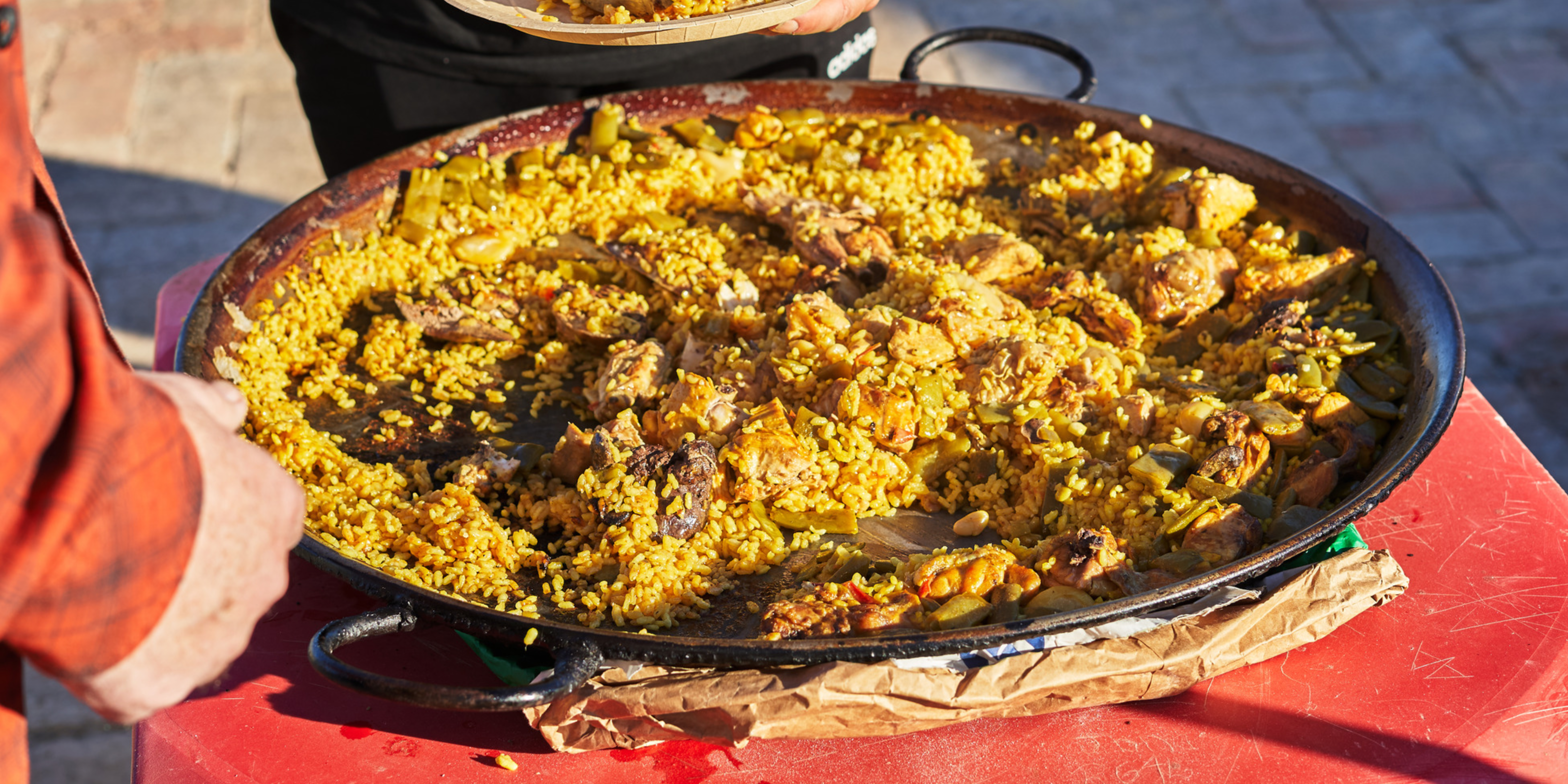
Paella: A Dish That Brings People Together
In Spain, paella is more than just food—it is a social event. Families and friends gather around the paella pan, cooking together, sharing stories, and indulging in a communal meal that celebrates tradition, togetherness, and hospitality.
Paella Festivals & Traditions
Valencia hosts annual paella competitions, with expert chefs and home cooks alike competing to craft the most authentic dish. In fact, the world’s largest paella was made in Valencia, serving over 110,000 people!
On Sundays, it’s a common tradition for Spanish families to prepare paella as a weekend ritual, sitting together outdoors for a long, leisurely meal.
Paella Today: A Global Icon of Spanish Cuisine
From its humble origins in Valencia to international fame, paella has evolved into one of the most iconic dishes of Spanish cuisine. While many versions exist, Paella Valenciana remains the most traditional and revered.
Whether you enjoy it in a seaside restaurant in Spain, a home-cooked meal in Valencia, or even attempt making it yourself, one thing is certain: paella is not just food—it’s an experience, a tradition, and a story served in a pan.
Would you love to try an authentic Valencian paella? Or better yet, cook one yourself? Let the spirit of Valencia inspire you!
Words by Elena Vasilevsky

